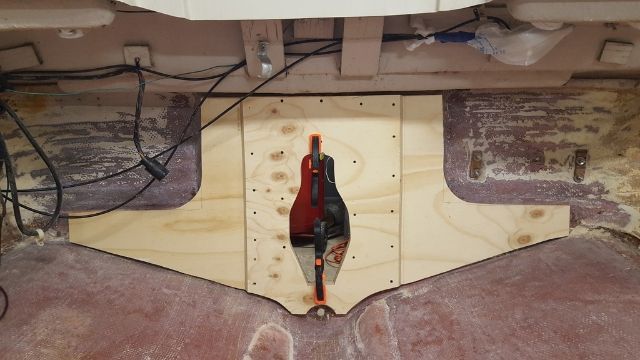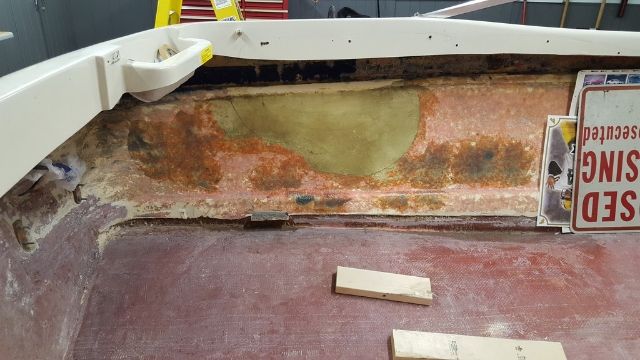I'm confused by your question #2 and by their answer.
You asked "Once a section is fully cured how long do I have to do another layer before having to sand or prep the surface again?" That is a bit confusing because when doing layups with multiple layers, you don't want the resin to fully cure. You want it to kick of (i.e., get hard), but you want it to remain a bit tacky to allow a chemical bond to occur with the next layer. If you are doing multiple layers, you can add a layer as soon as the previous layer is hard. You have a fairly wide window before the resin is fully cured (up to 24 hours maybe), UNLESS you add styrene (aka wax) which prevent air from reaching the surface of the lamination; the styrene allows the surface to fully harden (cure) and to be non-tacky. You really only want that on very top layer, so normally you don't add styrene to the resin until your last layer.
Their response to your question seems to assume you're using styrene in each layer (maybe because they think you want it to "fully cure"?). If you do use styrene in any layer but the top, you have to do what they instruct: let it fully cure/dry, then scuff it up (some would suggest an acetone wipe, too) before additional laminations.
The sensible thing, is to just not use styrene until you lay the top lamination. That way, you get better adhesion between layers, you don't have to wait around for hours, and you don't have to sand/wipe the surface between layers. You also don't have to buy as much styrene.
As far as the first question, the time required for resin to kick will depend on temperature (of the air, the surface your laminating, and the resin) and the amount of MEKP you add. You can slow down the reaction by cooling your work environment and/or resin, or by using a bit less MEKP. You can speed up the reaction by warming things or using a bit more MEKP. You just have to be careful when monkeying around the amount of catalyst or you can weaken the finished product. I believe Woodonglass' thread on doing decks and transoms talks about acceptable ranges of MEKP. After a quart of two, you will get a good idea of how much time you have to work before the resin kicks. If you're really worried, just start by mixing two cups at a time until you get a feel for it. If you are precise in your measurements, you can scale up (or down) the amount you want to mix.
Does that help?
























